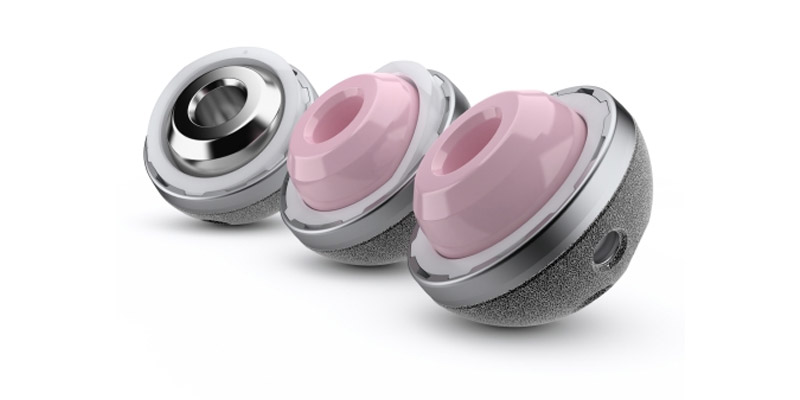
All You Would Want To Know About A Hip Fracture
30 AugThe hip is a ball-and-socket joint that offers more range of movement than any other joint in the body. You can move your hips in multiple directions, but you cannot move your knees and elbows as much, as they limit their movement. In the ball-and-socket joint, the ball is the head of the femur (thigh bone), and the socket is the curved part of the pelvic bone. When this hip joint is broken, it is usually a fracture in the upper portion of the femur. This is a serious condition, no matter what the age of the patient; which is why such a condition always requires a total hip replacement in Bangalore. This blog will educate you about the various types of hip fractures, its causes, symptoms, diagnosis, treatments, and cases of higher risks of having a hip fracture.
Types of hip fractures
Intracapsular fracture is one that affects both the ball and socket portions of the hip, causing tearing of blood vessels that go to the ball.
Femoral neck fracture is when the breakage occurs in the femur about 1-2 inches from where the head of the bone meets the socket. This condition may cut off the blood circulation to the ball by tearing the blood vessels.
Intertrochanteric hip fracture is a fracture that occurs 3-4 inches from the joint; and this condition does not stop the blood flow to the femur.
Causes of hip fractures
A hip fracture can be caused by diseases like osteoporosis that causes loss of bone tissue, or a blunt trauma to the hip from a car crash. However, it can also be caused by possibilities of excessive obesity that applies pressure on the hip bones, or even a fall on a hard surface from a great height.
Symptoms of hip fractures
Certain symptoms can help you identify a broken hip. If you encounter any such problem like pain in the hip and groin area, hip inflammation, bruising in the hip area, inability to walk or put pressure on the hip and thigh, or one leg appearing shorter than the other, you can speculate a hip fracture. So, in any such cases, make sure to seek medical attention immediately.
Diagnosis of hip fractures
When any of the above symptoms are seen and you seek medical attention, the doctor may ask you to undergo certain tests to confirm the fracture. These may include X-rays, MRI, CT scans. An X-ray will take images of your hip to reveal any fractures. MRI is the next step when a fracture cannot be noticed in the X-ray, as an MRI produces detailed pictures of the hip area. The last and surest method is the CT scan that produces the pictures of your hip bone and also the surrounding muscles, tissues, and fat.
Treatment of hip fractures
The initial treatments of a broken hip could include medications and physical therapies if the condition is not diagnosed as severe. However, if the condition is crucial, you may be suggested a total hip replacement in Bangalore. This involves removing the damaged part of your hip bone and replacing it with an artificial hip. The prostheses and other tools and equipment required for such surgeries are available at Aditi Corporation, where you will get only A-grade quality products. After the surgery, you will be kept under observation for a few days, and then will be discharged with a list of medications, physical therapies, and exercises for faster recovery.
Higher risks of having a hip fracture
As mentioned above, breaking a hip bone can be very serious condition. And, the chances of having a hip fracture are at a higher level if you belong to any of these classes.
Asian and Caucasian patients are seen to be at a higher risk of osteoporosis.
Women have higher chances of breaking a hip bone because they are more susceptible to osteoporosis as compared to men.
If you are older than 60 years of age, you are at an increased risk of breaking your hop because the strength and density of bones decreases by the time one reaches this age.
If you have a broken hip history, which means you already have had a broken hip, you are at a greater risk of having another fracture too.
Malnutrition can also cause greater chances of hip fractures. If your body isn’t getting enough amounts of vitamin D, protein, and calcium, you are at higher risk of hip fractures.

